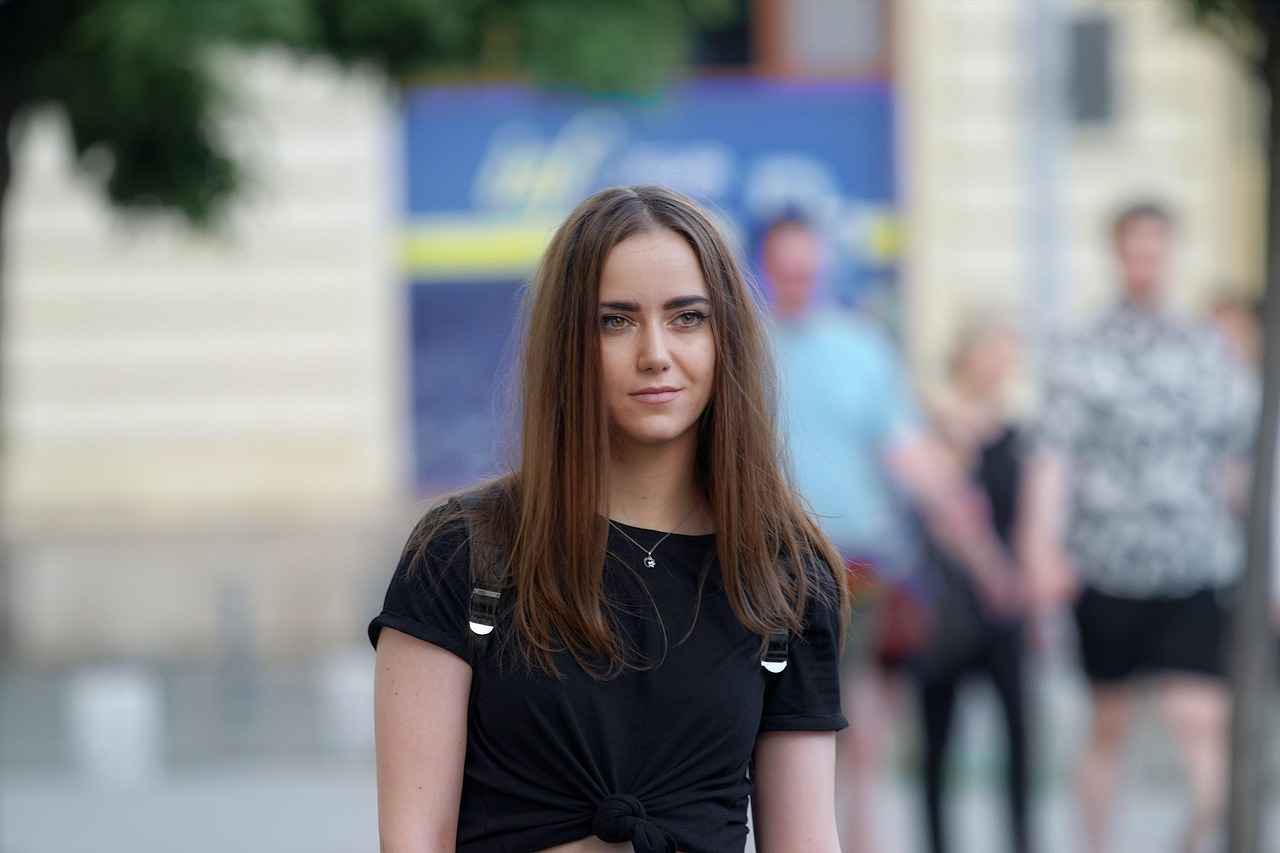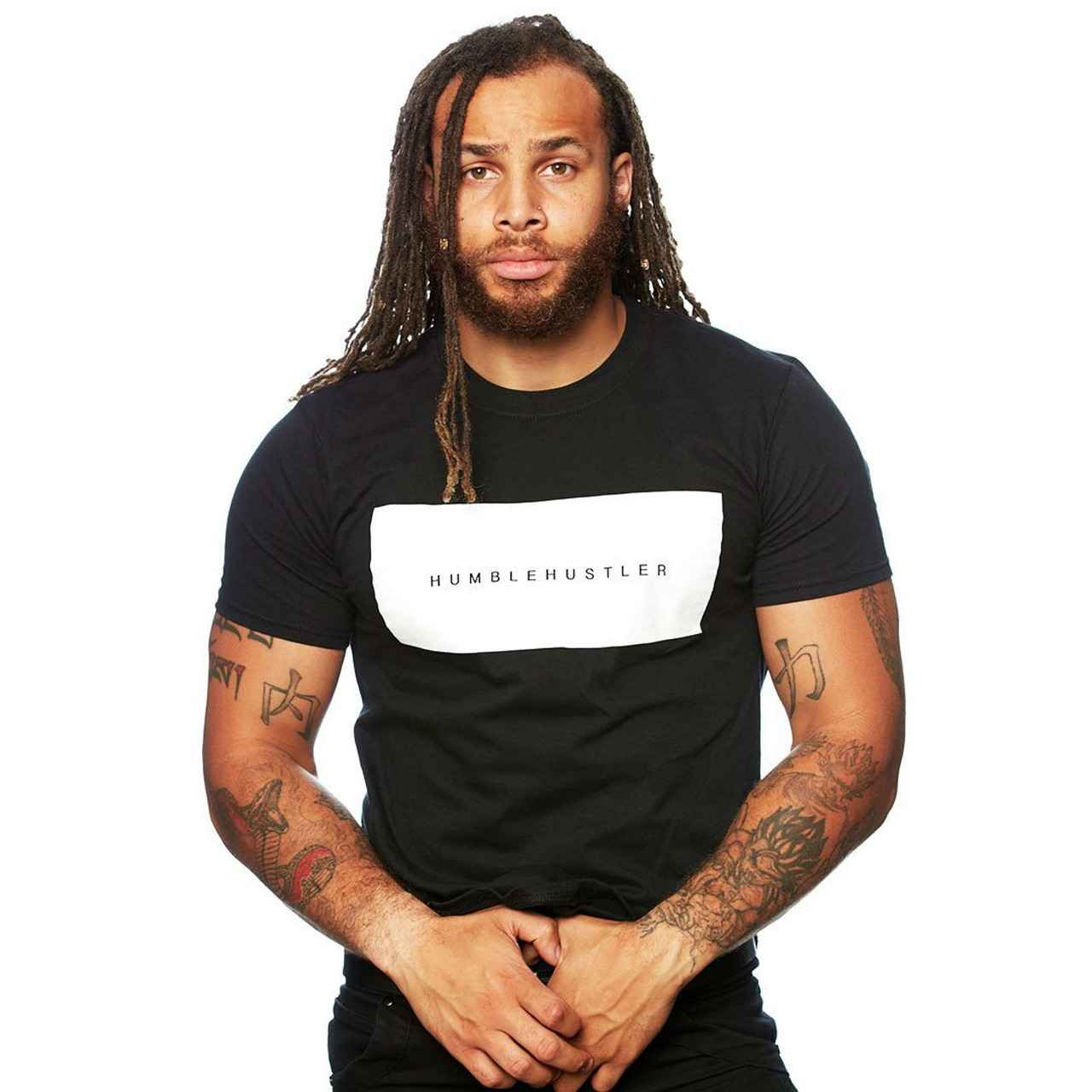This article delves into the essential steps, tips, and tools needed to create unique custom t-shirts featuring your own logo, catering to various needs and occasions.
Understanding the Basics of T-Shirt Design
Before embarking on your custom t-shirt journey, it’s vital to understand the fundamentals of t-shirt design. This includes knowledge about fabric types, printing methods, and the best design software options available.
Choosing the Right Fabric for Your T-Shirts
Selecting the appropriate fabric is crucial for comfort and durability. Common fabric choices include:
- Cotton: Known for its softness and breathability.
- Polyester: Offers moisture-wicking properties.
- Blends: Combine the best features of both cotton and polyester.
Design Software for Custom T-Shirt Creation
Utilizing the right design software can streamline your creative process. Popular tools include:
- Adobe Illustrator: Ideal for professional designers seeking intricate designs.
- Canva: A user-friendly platform suitable for beginners.
Incorporating Your Logo Effectively
Your logo is the centerpiece of your custom t-shirt. Consider size, placement, and color contrast for maximum impact. Optimal logo placement strategies include:
- Front chest area
- Back designs
- Sleeve placements
Selecting the Right Printing Method
Different printing methods affect the quality and longevity of your t-shirts. Consider:
- Screen Printing: Cost-effective for bulk orders.
- Direct-to-Garment (DTG): Perfect for detailed designs and small batches.
Finalizing Your Design and Order Process
Once your design is complete, ensure quality control by proofing your design and choosing a reliable printing company to bring your vision to life.
Marketing Your Custom T-Shirts
After creating your t-shirts, effective marketing strategies are vital. Utilize social media platforms and participate in local events to showcase your designs.
Conclusion: Bringing Your Custom T-Shirt Vision to Life
Designing custom t-shirts with your logo can be a fulfilling experience. By following these steps and utilizing the right tools, you can create unique apparel that resonates with your audience.

Understanding the Basics of T-Shirt Design
Before embarking on the journey of creating custom t-shirts, it is essential to understand the fundamentals of t-shirt design. This knowledge serves as the foundation for producing high-quality, appealing apparel that meets your specific needs and those of your audience. Here are the key elements to consider:
- Fabric Types: The choice of fabric is critical as it impacts both the comfort and durability of the t-shirt. Common fabric options include:
- Cotton: Known for its softness and breathability, cotton is a popular choice for casual wear.
- Polyester: This synthetic fabric is durable and moisture-wicking, making it ideal for sportswear.
- Blends: Combining cotton and polyester can offer the best of both worlds in terms of comfort and strength.
- Printing Methods: The method used to print designs on t-shirts can significantly affect the final product. Some popular methods include:
- Screen Printing: Best for bulk orders, it provides vibrant colors and durability.
- Heat Transfer: This method allows for detailed designs and is suitable for small runs.
- Direct-to-Garment (DTG): Ideal for intricate designs, DTG printing offers high-resolution outputs.
- Design Software Options: Utilizing the right software can streamline the design process. Some widely used tools include:
- Adobe Illustrator: A professional tool that allows for detailed vector designs.
- Canva: An accessible platform for beginners with user-friendly templates.
By grasping these fundamental aspects of t-shirt design, you can create custom apparel that not only looks great but also feels comfortable and lasts long. Understanding the interplay between fabric, printing methods, and design software will empower you to make informed decisions and ultimately enhance your creative process.
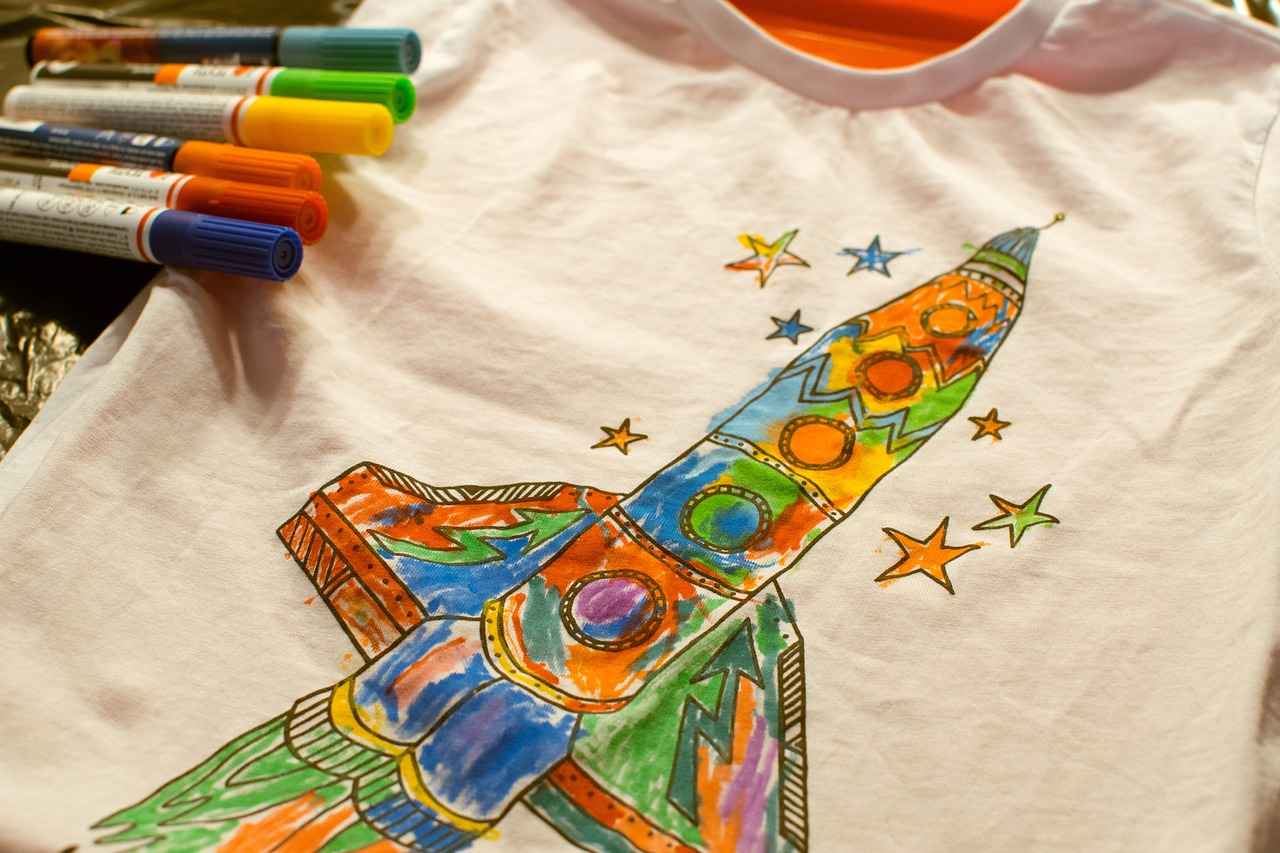
Choosing the Right Fabric for Your T-Shirts
Selecting the appropriate fabric for your custom t-shirts is vital for ensuring both comfort and durability. The fabric choice can significantly impact the overall feel, appearance, and longevity of the garment. Below, we explore some of the most popular fabric options available, including their benefits and ideal use cases.
| Fabric Type | Benefits | Ideal Use Cases |
|---|---|---|
| Cotton |
| Casual wear, promotional events, and everyday use |
| Polyester |
| Sportswear, outdoor activities, and performance apparel |
| Cotton-Polyester Blends |
| Everyday wear, corporate apparel, and team uniforms |
Cotton is a classic choice for t-shirts, renowned for its softness and breathability. It is particularly favored for casual wear and promotional events, ensuring comfort throughout the day. However, the quality of cotton can vary, so it’s essential to choose high-quality options that provide both comfort and durability.
Polyester, on the other hand, is ideal for those seeking durability and moisture-wicking properties. This fabric is particularly beneficial for sportswear and outdoor activities, as it dries quickly and resists shrinking. Additionally, polyester is less prone to fading, making it a long-lasting choice for vibrant designs.
Lastly, cotton-polyester blends offer the best of both worlds, providing a comfortable feel with enhanced durability. These blends are perfect for corporate apparel and team uniforms, where a polished look is essential without sacrificing comfort.
In conclusion, the fabric you choose for your custom t-shirts plays a crucial role in their overall performance and appeal. By understanding the benefits of each fabric type, you can make an informed decision that aligns with your needs and preferences.
Benefits of Cotton T-Shirts
Cotton t-shirts have become a staple in casual wear and promotional events, and for good reason. Their softness, breathability, and overall comfort make them an ideal choice for a variety of occasions. In this section, we will explore the numerous benefits of cotton t-shirts, highlighting why they are favored by many.
- Soft Texture: Cotton is renowned for its soft feel against the skin, providing a level of comfort that synthetic fabrics often lack. This softness makes cotton t-shirts perfect for all-day wear.
- Breathability: Cotton fibers allow air to circulate, which helps to keep the body cool and dry, especially in warm weather. This breathability is essential for outdoor events or casual outings.
- Moisture Absorption: Cotton has the ability to absorb moisture, making it a great option for those who may sweat during activities. This feature helps in maintaining comfort without feeling clammy.
- Durability: High-quality cotton t-shirts are not only comfortable but also durable. They can withstand multiple washes without losing their shape or softness, making them a cost-effective choice.
- Hypoallergenic: For individuals with sensitive skin, cotton is a safe fabric that minimizes the risk of irritation or allergic reactions, unlike some synthetic materials.
- Versatility: Cotton t-shirts can be easily styled for various occasions. Whether dressed up with a blazer for a casual meeting or paired with shorts for a day out, their versatility is unmatched.
- Eco-Friendly Options: With the rise of sustainable fashion, organic cotton t-shirts are becoming popular. These options are grown without harmful pesticides, appealing to eco-conscious consumers.
In conclusion, the benefits of cotton t-shirts extend beyond mere comfort. Their versatility, durability, and eco-friendly alternatives make them a top choice for anyone looking to create custom apparel. Whether for personal use or promotional events, cotton t-shirts provide an ideal canvas for expressing style and brand identity.
Understanding Cotton Quality
is essential for anyone looking to create custom t-shirts that are not only visually appealing but also comfortable and durable. The quality of cotton can vary significantly, which can impact the overall feel and longevity of your t-shirts. Here, we will explore how to identify high-quality cotton to ensure your custom apparel meets your expectations.
When assessing cotton quality, consider the following factors:
- Fiber Length: Longer fibers typically produce stronger and softer fabric. Look for cotton labeled as “long-staple” or “extra-long staple” for superior quality.
- Thread Count: A higher thread count often indicates a denser, more durable fabric. Aim for a thread count of at least 30 for quality t-shirts.
- Softness: High-quality cotton should feel soft to the touch. Be cautious of fabrics that feel rough or scratchy, as they may be lower quality.
- Color Retention: Quality cotton holds dye better, resulting in vibrant colors that resist fading. Consider pre-washed options for added color stability.
- Breathability: Cotton is known for its breathability, making it ideal for warm weather. Ensure the fabric allows air circulation to enhance comfort.
Additionally, consider the source of the cotton. Organic cotton is a fantastic option for those looking to minimize environmental impact. It is grown without harmful pesticides or synthetic fertilizers, making it a healthier choice for both consumers and the planet.
In summary, understanding cotton quality is vital for producing high-quality custom t-shirts. By focusing on fiber length, thread count, softness, color retention, and breathability, you can ensure that your t-shirts are not only comfortable but also durable, providing value for your investment.
Eco-Friendly Cotton Options
In today’s world, where sustainability is becoming increasingly important, many consumers are seeking eco-friendly alternatives to traditional cotton. One of the most popular options is organic cotton, which is grown without the use of synthetic pesticides or fertilizers. This practice not only benefits the environment but also promotes healthier farming practices.
What Makes Organic Cotton Sustainable?
- Reduced Chemical Use: Organic cotton farming eliminates harmful chemicals, which can contaminate soil and water sources.
- Soil Health: Organic practices enhance soil fertility and biodiversity, leading to healthier ecosystems.
- Water Conservation: Organic cotton typically requires less water compared to conventional cotton, reducing strain on local water supplies.
Benefits for Eco-Conscious Consumers
Choosing organic cotton is not just an environmental choice; it’s also a personal one. Eco-conscious consumers appreciate:
- Quality and Comfort: Organic cotton is often softer and more durable than conventional cotton, providing a better wear experience.
- Ethical Production: Many organic cotton brands prioritize fair labor practices, ensuring that farmers and workers are treated fairly.
- Reduced Carbon Footprint: Organic cotton farming practices typically result in lower greenhouse gas emissions.
Exploring Other Sustainable Alternatives
Aside from organic cotton, there are other sustainable materials worth considering, such as:
- Bamboo: Known for its rapid growth and minimal water needs, bamboo fabric is soft and biodegradable.
- Hemp: A hardy plant that requires little water and no pesticides, hemp is a highly sustainable fabric choice.
- Recycled Fabrics: Fabrics made from recycled materials help reduce waste and conserve resources.
In conclusion, exploring sustainable cotton alternatives like organic cotton not only benefits the environment but also aligns with the values of eco-conscious consumers. As awareness grows, the demand for these materials will continue to shape the future of the textile industry.
Polyester and Blends in T-Shirt Design
Polyester and cotton blends have become increasingly popular in the world of custom t-shirt design due to their unique properties that cater to a variety of needs. These fabrics not only enhance the overall durability of the garment but also contribute significantly to comfort and functionality.
One of the standout features of polyester is its moisture-wicking capability. This means that it effectively draws moisture away from the body, keeping the wearer dry and comfortable, especially during physical activities. This property makes it an excellent choice for sports teams or outdoor events where sweat management is crucial.
In addition to moisture-wicking, polyester blends are known for their enhanced durability. Unlike pure cotton, which can wear out faster, polyester blends maintain their shape and color over time, even after multiple washes. This longevity is particularly beneficial for brands looking to create merchandise that lasts.
Moreover, when combined with cotton, these blends offer the best of both worlds: the softness and breathability of cotton with the resilience and moisture management of polyester. This combination is ideal for creating custom t-shirts that are not only stylish but also functional for everyday wear.
Designers can take advantage of the vibrant color retention properties of polyester blends, allowing for eye-catching graphics and logos that stand out. This is particularly important in promotional events where visibility is key.
In conclusion, utilizing polyester and cotton blends in t-shirt design not only elevates the aesthetic appeal but also enhances the functionality and longevity of the apparel. As brands seek to create unique and durable custom t-shirts, these materials offer a practical solution that meets the demands of today’s consumers.
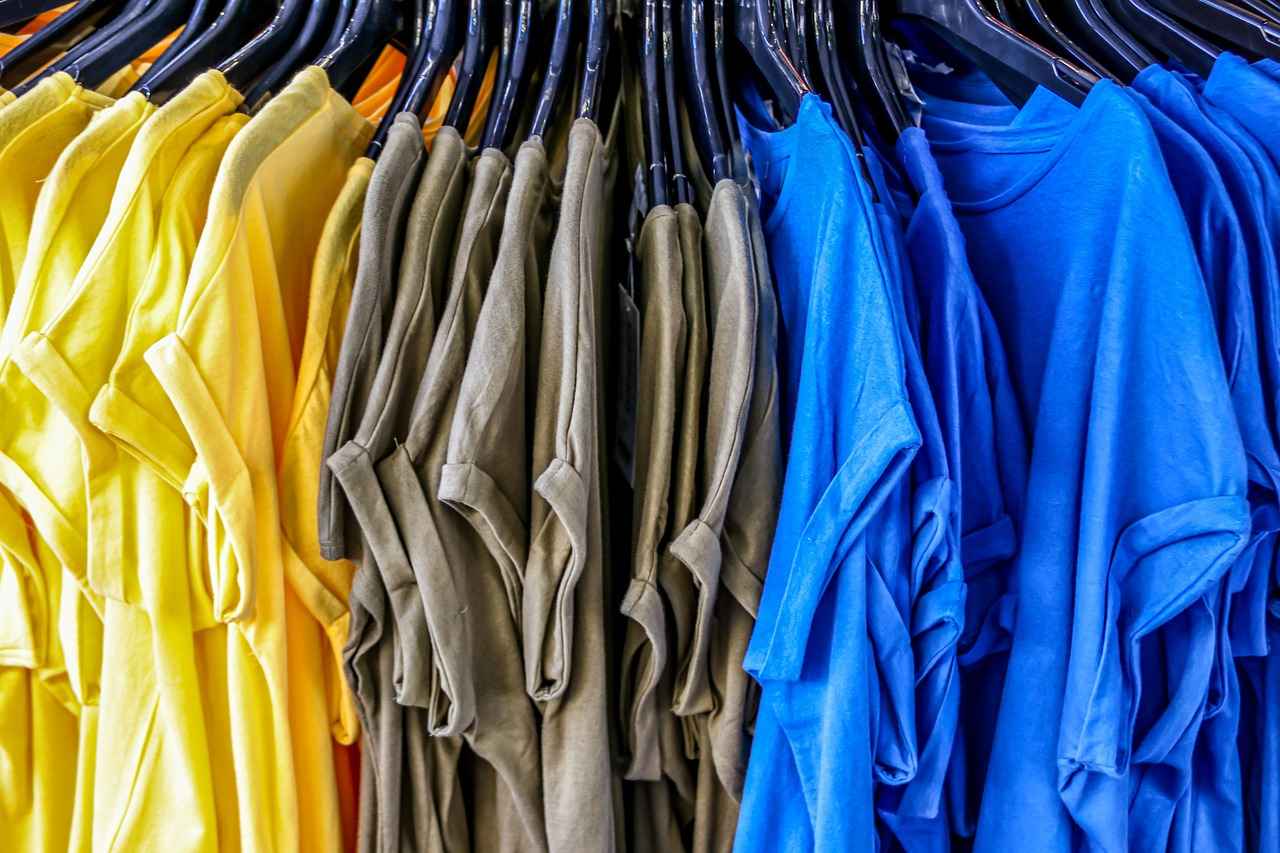
Design Software for Custom T-Shirt Creation
Creating custom t-shirts can be an exhilarating venture, especially when you have the right design software at your fingertips. The choice of software can significantly influence your creative process, making it smoother and more efficient. Here, we will explore some of the most popular design tools available, including Adobe Illustrator, Canva, and others, tailored specifically for custom t-shirt design.
| Software | Best For | Key Features |
|---|---|---|
| Adobe Illustrator | Professional Designers | Vector graphics, scalability, extensive toolkit |
| Canva | Beginners | User-friendly interface, templates, drag-and-drop features |
| CorelDRAW | Advanced Users | Powerful vector design tools, color management |
| Inkscape | Free Software | Open-source, vector graphics editing |
Adobe Illustrator stands out as a premier choice for professional designers. Its robust features enable intricate designs and ensure scalability without loss of quality. This is particularly important for t-shirt printing, where clarity and precision are paramount.
On the other hand, Canva serves as an excellent entry point for beginners. With its intuitive interface and a plethora of templates, users can easily create stunning designs without prior graphic design experience. This accessibility makes it a favorite among those looking to produce custom t-shirts quickly.
For those seeking a balance between functionality and cost, CorelDRAW and Inkscape offer powerful alternatives. CorelDRAW is known for its advanced vector design capabilities, while Inkscape provides a free option without sacrificing essential features.
In summary, choosing the right design software is crucial for creating custom t-shirts that stand out. Whether you are a seasoned designer or a novice, there are tools available to help you bring your creative vision to life.
Adobe Illustrator for Professionals
Adobe Illustrator is a leading graphic design software widely recognized for its sophisticated capabilities, making it an essential tool for professional designers. This article delves into the myriad features of Adobe Illustrator that empower designers to create intricate designs while ensuring scalability and high-quality prints.
One of the most notable features of Adobe Illustrator is its vector-based design capability. Unlike raster images, vector graphics are composed of paths defined by mathematical equations, allowing for infinite scalability without loss of quality. This means that designs can be resized from a small logo on a business card to a large billboard without any degradation in clarity.
Another significant advantage of Adobe Illustrator is its extensive toolset. Designers have access to a variety of tools for creating shapes, lines, and colors. The Pen Tool, for example, is a favorite among professionals for its precision in creating custom shapes and paths. Additionally, the software offers powerful color management features, enabling designers to choose and modify colors easily to match brand guidelines.
Moreover, Adobe Illustrator supports multiple artboards, allowing designers to work on various designs simultaneously within a single document. This feature is particularly useful for creating a series of related designs, such as a set of marketing materials or a collection of product packaging.
Collaboration is also made easier with Adobe Illustrator. Designers can share files in various formats, including PDF, SVG, and EPS, which are compatible with many printing methods. This flexibility ensures that the final product meets the specific requirements of different printing services.
In conclusion, Adobe Illustrator stands out as a powerful design tool that caters to the needs of professional designers. Its advanced features, including vector graphics, a comprehensive toolset, and collaborative capabilities, make it an indispensable asset for creating high-quality, scalable designs.
Canva for Beginners
is an excellent choice for those looking to dive into the world of graphic design without the steep learning curve associated with more complex software. This intuitive platform is designed to cater to users of all skill levels, making it particularly appealing for beginners who want to create stunning visuals for various purposes, including custom t-shirts.
One of the standout features of Canva is its user-friendly interface. The layout is straightforward, allowing users to navigate through the design process with ease. You can start with a blank canvas or choose from a plethora of pre-designed templates tailored specifically for t-shirt designs. These templates can be customized to suit your unique style and branding needs.
- Drag-and-Drop Functionality: This feature simplifies the design process, enabling users to easily add elements such as text, images, and icons.
- Extensive Template Library: Canva offers a vast selection of templates that cover various themes, styles, and occasions, making it easy to find inspiration.
- Customizable Elements: Users can modify colors, fonts, and layouts to create a design that reflects their vision accurately.
In addition to its design capabilities, Canva also provides access to a library of high-quality images and graphics. This resource is invaluable for beginners who may not have their own images or logos. Users can search for specific elements and incorporate them into their designs seamlessly.
Moreover, Canva allows for easy collaboration. If you’re working with a team or seeking feedback, you can share your designs directly through the platform, facilitating a smooth review process.
In conclusion, Canva is an indispensable tool for beginners venturing into custom t-shirt design. Its features not only simplify the design process but also empower users to create professional-quality graphics that can make a lasting impression.
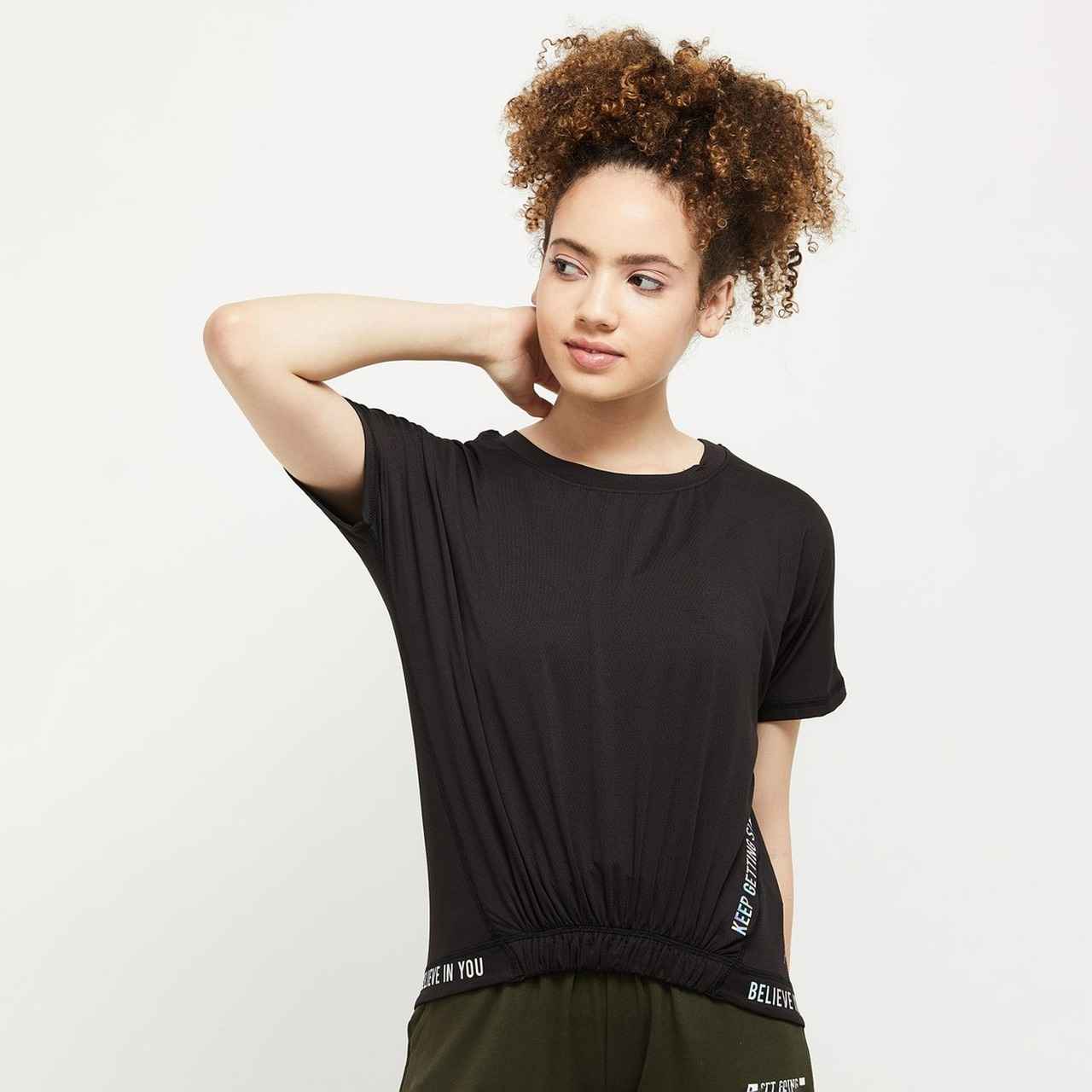
Incorporating Your Logo Effectively
Your logo serves as the centerpiece of your custom t-shirt design. It is not just a graphic; it represents your brand identity and values. To ensure your logo makes a significant impact, several factors must be considered, including size, placement, and color contrast.
Understanding Size
The size of your logo is crucial for visibility. A logo that is too small may go unnoticed, while one that is too large can overwhelm the t-shirt design. A good rule of thumb is to keep your logo between 8 to 12 inches wide for front placements. For smaller placements, like the sleeve or back neck, a size of 3 to 5 inches is often ideal.
Strategic Placement
Placement of your logo can significantly influence its visibility and aesthetic appeal. Consider the following common placements:
- Front Center: This is the most popular choice, ensuring maximum visibility.
- Back: Ideal for larger logos or brand names, especially for promotional wear.
- Sleeve: A subtle yet stylish option that adds a unique touch.
Color Contrast Matters
Choosing the right colors is essential for making your logo stand out. Utilize color contrast to enhance visibility. For instance, a dark logo on a light t-shirt or vice versa can create a striking effect. Consider using a color wheel to select complementary colors that align with your brand identity.
Conclusion
Incorporating your logo effectively into custom t-shirts is a blend of art and strategy. By paying attention to size, placement, and color contrast, you can create a design that not only looks great but also effectively communicates your brand’s message.
Optimal Logo Placement Strategies
play a crucial role in the overall design and marketing effectiveness of your custom t-shirts. The placement of your logo can significantly affect its visibility and appeal, influencing how potential customers perceive your brand. In this section, we will explore various placement options, including front, back, and sleeve designs, while discussing their unique advantages.
- Front Placement: Positioning your logo on the front of the t-shirt is one of the most popular choices. This placement ensures that your logo is the first thing people see, making it ideal for promotional events and casual wear. A well-placed logo on the chest area can enhance brand recognition and create a strong visual impact.
- Back Placement: While front placement is often favored, placing your logo on the back of the t-shirt can also be effective. This option is particularly useful for team shirts or uniforms, where the front may feature a design or name, while the back showcases the brand logo. This dual placement can create a cohesive look while allowing for more design space.
- Sleeve Designs: Incorporating your logo on the sleeves is an excellent way to add a unique touch to your custom t-shirts. This placement can be subtle yet effective, making it a great choice for brands that want to maintain a minimalist aesthetic. Sleeve logos can also serve as an additional branding opportunity without overwhelming the main design.
- Combination Strategies: For maximum impact, consider using a combination of placements. For example, a logo on the front paired with a smaller logo on the sleeve can create a balanced and appealing design. This strategy allows for versatility and can cater to different audiences, making your t-shirts more appealing.
Ultimately, the choice of logo placement should align with your brand identity and the message you want to convey. Experimenting with different placements can lead to a design that resonates with your target audience while enhancing visibility and appeal.
Color Contrast and Visibility
play a pivotal role in the effectiveness of your logo on custom t-shirts. Understanding color theory is essential for making your logo stand out and ensuring that it resonates with your audience. When designing your logo, it’s important to choose colors that not only reflect your brand identity but also enhance visibility and brand recognition.
One of the key principles of color theory is the use of contrasting colors. Contrasting colors can create visual interest and make your logo more memorable. For instance, pairing a bright color with a darker shade can help your logo pop against the fabric of the t-shirt. This is especially important when considering different fabric colors and textures.
To effectively utilize color contrast, consider the following tips:
- Complementary Colors: Choose colors that are opposite each other on the color wheel. This creates a vibrant look that attracts attention.
- Analogous Colors: Use colors that are next to each other on the color wheel for a harmonious and cohesive design.
- Monochromatic Schemes: Utilize different shades and tints of a single color for a sophisticated and modern appearance.
In addition to color choice, the placement of your logo on the t-shirt is equally important. Ensure that your logo is positioned in a way that maximizes visibility, whether on the front, back, or sleeves. A well-placed logo combined with effective color contrast can significantly enhance your brand’s presence.
In conclusion, investing time in understanding color contrast and its impact on visibility can lead to more effective and visually appealing custom t-shirt designs. By applying these principles, you can create a logo that not only stands out but also leaves a lasting impression on your audience.
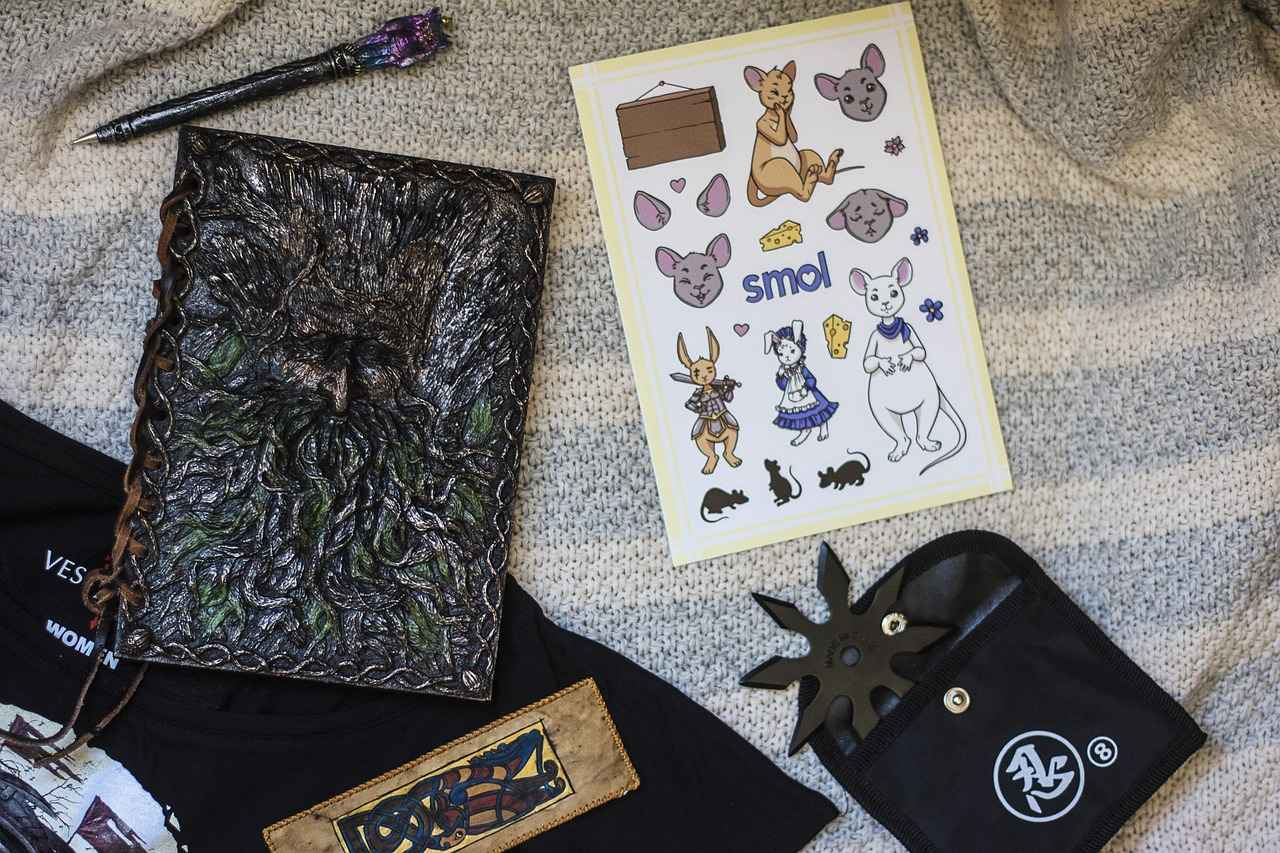
Selecting the Right Printing Method
When it comes to creating custom t-shirts, the printing method you choose can significantly influence the overall quality and longevity of your garments. Each method offers unique benefits and drawbacks, making it essential to understand your options before making a decision.
Screen Printing
Screen printing is a traditional method that involves creating a stencil (or screen) for each color in the design. This technique is especially beneficial for bulk orders, as it allows for vibrant colors and durable prints. The inks used in screen printing are generally thicker, resulting in a long-lasting finish that can withstand multiple washes. However, it’s important to note that screen printing can be less cost-effective for smaller batches due to the setup costs involved.
Heat Transfer Printing
Heat transfer printing involves printing your design onto a special transfer paper, which is then applied to the t-shirt using heat and pressure. This method is excellent for small runs or one-off designs, as it allows for intricate details and a wide range of colors. However, heat transfer prints may not be as durable as screen prints, and they can feel less integrated with the fabric over time.
Direct-to-Garment (DTG) Printing
DTG printing is a more modern approach that uses inkjet technology to print directly onto the fabric. This method is perfect for complex designs with many colors and gradients. DTG is also ideal for small batches, as there are no setup costs like those associated with screen printing. However, while DTG prints are vibrant and detailed, they may not be as durable as screen prints and can fade over time if not cared for properly.
Conclusion
Choosing the right printing method for your custom t-shirts depends on several factors, including design complexity, order size, and budget. By understanding the pros and cons of each method, you can make an informed decision that best suits your needs.
Screen Printing Advantages
Screen printing has emerged as a favored technique for producing custom t-shirts, particularly when it comes to bulk orders. This method is celebrated not only for its cost-effectiveness but also for its ability to reproduce vibrant colors that capture attention and convey brand messages effectively.
One of the primary advantages of screen printing is its affordability for large quantities. As the volume of shirts increases, the cost per unit decreases significantly, making it an economical choice for businesses and organizations looking to outfit teams or promote events. This scalability is particularly beneficial for promotional campaigns or fundraising events.
In addition to cost savings, screen printing is renowned for its color accuracy. The process allows for the use of a wide range of colors and inks, ensuring that designs are not only bright but also true to the original artwork. This is crucial for brands that rely on specific color schemes to maintain their identity.
Moreover, screen printing offers durability. The inks used in this process are typically thicker and more resilient, leading to prints that withstand numerous washes without fading. This longevity is particularly appealing for items intended for frequent use, such as uniforms or promotional giveaways.
Another significant benefit is the versatility of materials that can be printed on. Screen printing can be applied to a variety of fabrics, including cotton, polyester, and blends, allowing for creative freedom in t-shirt design.
In conclusion, screen printing stands out as a premier method for custom t-shirt production due to its cost-effectiveness, vibrant color reproduction, and durability. For anyone considering bulk orders, this technique is a reliable choice that delivers quality results.
Direct-to-Garment Printing Explained
Direct-to-Garment (DTG) printing is a modern and innovative method for printing designs directly onto fabric, particularly t-shirts. This technology has revolutionized the way custom apparel is produced, making it easier for individuals and businesses to create high-quality, detailed designs on-demand.
The DTG printing process involves using a specialized inkjet printer that applies water-based inks directly onto the garment. This method allows for a wide range of colors and intricate designs, which is especially beneficial for those who want to showcase detailed artwork or photographs. Unlike traditional printing methods, DTG does not require screens or plates, making it an excellent choice for small batches or one-off designs.
One of the primary advantages of DTG printing is its ability to produce vibrant colors and fine details that are often difficult to achieve with other methods like screen printing. This makes it ideal for custom t-shirts featuring intricate logos, graphics, or images. Additionally, DTG printing is a more environmentally friendly option, as it uses water-based inks and generates less waste compared to traditional printing methods.
However, there are certain considerations to keep in mind when opting for DTG printing. It is best suited for lightweight fabrics like cotton or cotton blends, as these materials absorb ink more effectively. Furthermore, while DTG is perfect for small runs, it may not be as cost-effective for larger orders compared to screen printing.
In summary, Direct-to-Garment printing is a versatile and efficient method for creating custom t-shirts. It is particularly advantageous for those looking to produce small batches with detailed designs. By understanding the capabilities and limitations of this printing method, you can make informed decisions when designing your custom apparel.

Finalizing Your Design and Order Process
After you have successfully crafted your custom t-shirt design, the next crucial step is to finalize your order. This phase involves understanding the necessary steps to place your order while ensuring that quality control measures are in place before production begins. Here’s a detailed guide to help you navigate this process smoothly.
- Review Your Design: Before placing your order, take a moment to carefully review your design. Check for any spelling errors, design inconsistencies, or color mismatches. This is your last chance to make adjustments.
- Proofing Your Design: Many printing companies provide a proof of your design before final production. This proof acts as a sample, allowing you to see how your design will appear on the t-shirt. Make sure to approve this proof to avoid any surprises.
- Selecting Your Printing Method: Choose the appropriate printing method that aligns with your design and budget. Options include screen printing, direct-to-garment (DTG), or heat transfer. Each method has its advantages and may affect the final product’s quality.
- Choosing a Reliable Printing Company: Research and select a reputable printing company. Look for reviews, ask for samples of their previous work, and ensure they have a solid track record of delivering quality products.
- Understanding Order Quantities: Determine the quantity of t-shirts you need. Many printing companies offer discounts for bulk orders, so consider this when finalizing your order.
- Confirming Delivery Times: Discuss delivery timelines with your printing company. Ensure that they can meet your deadlines, especially if you need the t-shirts for a specific event or occasion.
By following these steps, you can ensure that your custom t-shirt order is placed accurately and efficiently, minimizing the risk of errors and maximizing satisfaction with the final product. Proper planning and attention to detail will lead to a successful outcome, allowing your design to shine.
Proofing Your Design
is an essential phase in the custom t-shirt creation process. This step ensures that your design translates accurately from screen to fabric, minimizing the risk of errors that could affect the final product. Here’s how to effectively review and approve samples, ensuring a polished and professional outcome.
Firstly, reviewing the digital proof is critical. This initial step allows you to assess the design layout, colors, and overall appearance before it goes to print. Make sure to compare the proof with your original design file to check for any discrepancies.
- Check Color Accuracy: Colors can appear differently on screen compared to printed fabric. If possible, request a color swatch to confirm that the hues match your expectations.
- Inspect Design Placement: Ensure that the logo and any other design elements are positioned correctly. Consider how the design will look when worn, as placement can affect visibility and overall appeal.
- Evaluate Size and Scale: The size of your design should be appropriate for the t-shirt style. Verify that the dimensions are suitable for the intended audience and purpose.
Once you have reviewed the digital proof, request a physical sample if possible. This step is invaluable as it allows you to see and feel the final product. During the sample review, pay attention to:
- Fabric quality- Print clarity- Stitching and finishing details
After receiving the sample, gather feedback from others, as fresh eyes may catch details you overlooked. If everything meets your standards, provide your final approval to proceed with the full production run.
In conclusion, thorough proofing is vital to avoid costly mistakes and ensure that your custom t-shirts reflect your vision accurately. By following these steps, you can confidently finalize your design, leading to a successful and satisfying product launch.
Choosing a Reliable Printing Company
is essential for achieving high-quality results in your custom t-shirt projects. With numerous options available, finding a trustworthy partner can be daunting. Here are some effective tips to help you make an informed decision.
- Research and Reviews: Start by conducting thorough research on potential printing companies. Look for customer reviews and testimonials on their websites or third-party platforms. Positive feedback and high ratings can indicate a reliable service.
- Portfolio Assessment: Review the company’s portfolio to gauge the quality of their previous work. A diverse range of designs and successful projects can demonstrate their capability to meet your specific needs.
- Printing Methods: Inquire about the printing methods they offer. Different techniques, such as screen printing, direct-to-garment, and heat transfer, can yield varying results. Ensure they use high-quality materials and processes that align with your vision.
- Customer Service: Good communication is key. A reliable printing company should be responsive and willing to answer your questions. Evaluate their customer service through initial inquiries to see how they handle potential clients.
- Sample Requests: Don’t hesitate to ask for samples of their work. This will allow you to assess the fabric quality, print durability, and overall craftsmanship before committing to a larger order.
- Pricing Transparency: Be wary of companies that provide vague pricing. A trustworthy partner should offer clear and detailed quotes, outlining all costs involved, including setup fees and shipping.
In conclusion, selecting the right printing company is vital for the success of your custom t-shirt project. By following these tips and doing your due diligence, you can find a reliable partner that will help bring your creative vision to life.
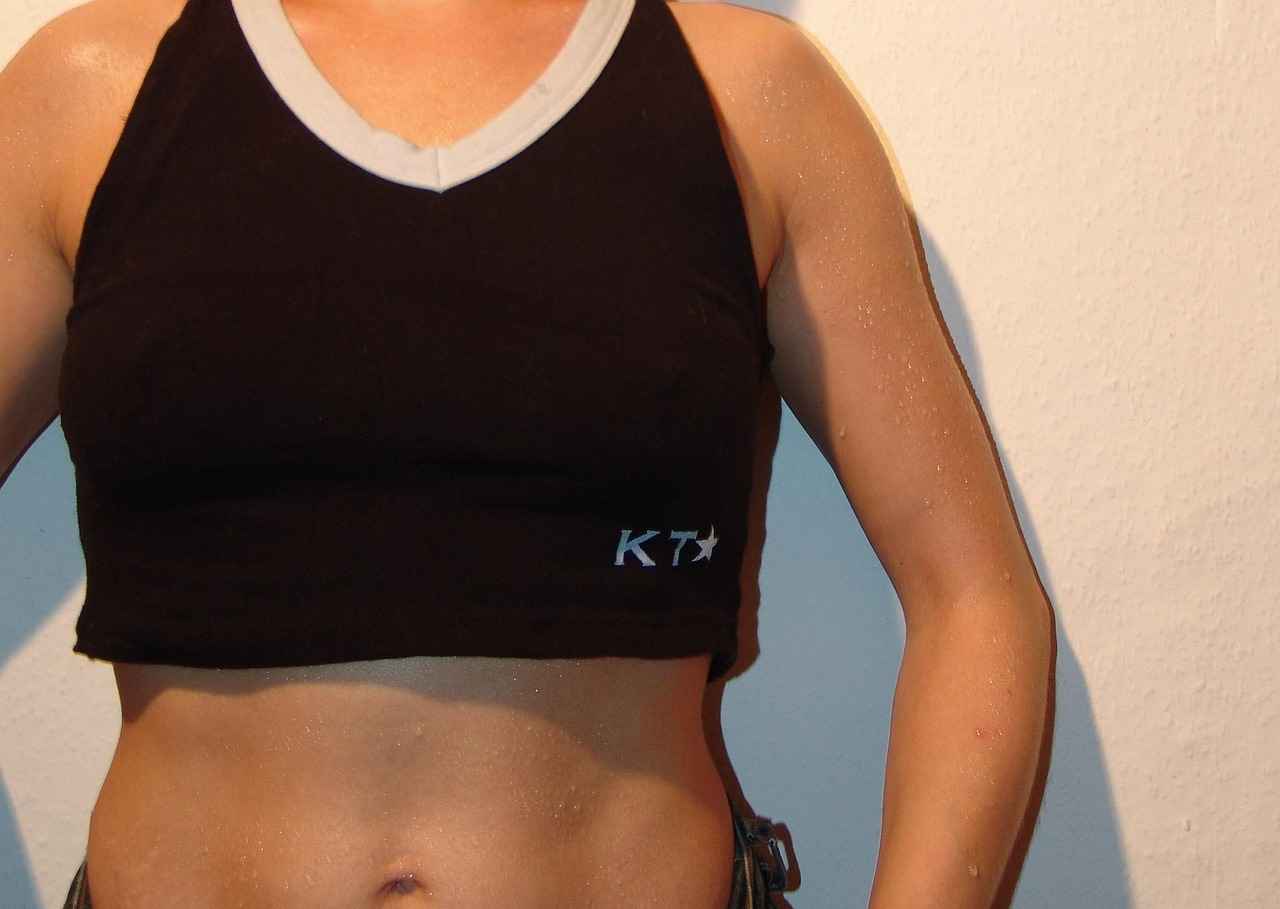
Marketing Your Custom T-Shirts
is a crucial step that can significantly enhance your brand’s visibility and sales. After designing your t-shirts, implementing effective marketing strategies is essential to attract your target audience and drive engagement. Here are some powerful methods to promote your custom designs:
- Utilizing Social Media Platforms: Social media is a dynamic tool for reaching potential customers. Create engaging content that showcases your t-shirts through high-quality images and videos. Platforms like Instagram, Facebook, and TikTok are ideal for visually appealing posts. Use relevant hashtags to increase discoverability, and consider running targeted ads to reach specific demographics.
- Hosting Giveaways and Contests: Encourage interaction by hosting giveaways or contests. This not only generates buzz around your brand but also incentivizes sharing and engagement. For example, ask followers to share a post or tag friends for a chance to win a custom t-shirt, thereby expanding your reach.
- Participating in Local Events and Markets: Attend local fairs, markets, or pop-up events to showcase your custom t-shirts. This face-to-face interaction helps build a community around your brand and allows potential customers to see and feel the quality of your products firsthand.
- Leveraging Influencer Partnerships: Collaborate with influencers who align with your brand values. They can help promote your t-shirts to their followers, providing an authentic endorsement that can lead to increased sales and brand awareness.
- Creating an Engaging Website: Your website should serve as a central hub for your brand. Ensure it is user-friendly and optimized for mobile devices. Include a blog section to share stories about your designs, the inspiration behind them, and tips for styling your t-shirts.
- Email Marketing Campaigns: Build an email list to keep your customers informed about new designs, promotions, and events. Regular newsletters can help maintain engagement and drive repeat purchases.
By implementing these strategies, you can effectively promote your custom t-shirts and connect with your audience in meaningful ways. Remember, consistent branding and quality customer engagement are key to building a loyal customer base.
Utilizing Social Media for Promotion
In today’s digital landscape, social media platforms have emerged as essential tools for marketing custom t-shirts. With billions of active users globally, platforms like Facebook, Instagram, and Twitter provide an unparalleled opportunity to reach potential customers. To maximize your reach and engagement, it’s crucial to implement effective strategies tailored to each platform.
Understanding Your Audience
Before diving into promotional tactics, it’s vital to understand your target audience. Conducting market research can help identify their preferences, behaviors, and which platforms they frequent. Tailoring your content to resonate with your audience will significantly enhance engagement.
Creating Engaging Content
- Visual Appeal: High-quality images of your custom t-shirts can captivate potential buyers. Use lifestyle photos that showcase your shirts in real-life settings.
- Videos: Short videos demonstrating the design process or styling tips can engage viewers and encourage shares.
- User-Generated Content: Encourage customers to share photos wearing your t-shirts. This not only builds community but also serves as authentic testimonials.
Leveraging Hashtags
Utilizing relevant hashtags can expand your reach beyond your immediate followers. Research trending hashtags in the fashion and custom apparel niche to attract new audiences. Combine popular hashtags with unique ones specific to your brand for optimal visibility.
Engaging with Your Community
Social media is not just about broadcasting your products; it’s also about building relationships. Respond to comments and messages promptly, engage with your followers’ content, and participate in discussions to foster a sense of community.
Running Promotions and Contests
Incentivizing engagement through promotions or contests can be an effective strategy. Consider offering discounts, giveaways, or exclusive designs to followers who share your posts or tag friends. This can create buzz around your brand and encourage new customers to explore your offerings.
Analyzing Performance
Regularly analyze your social media performance using analytics tools. Track engagement rates, follower growth, and conversion metrics to assess what strategies are working and where improvements can be made.
In conclusion, leveraging social media for promoting your custom t-shirts requires a strategic approach that focuses on understanding your audience, creating engaging content, and fostering community interaction. By implementing these strategies, you can effectively enhance your brand’s visibility and drive sales.
Participating in Local Events
can be an excellent way to enhance the visibility of your custom t-shirts. These events provide a unique opportunity to showcase your designs directly to your target audience, allowing for personal interactions that can significantly boost customer interest and engagement.
To maximize your impact at local events, consider the following strategies:
- Set Up an Eye-Catching Booth: Design your booth to reflect your brand’s identity. Use bold colors, engaging visuals, and clear signage to draw in attendees. Display your t-shirts prominently, and consider using mannequins or hangers to showcase different styles.
- Engage with Attendees: Take the time to interact with potential customers. Share the story behind your designs, and explain the inspiration for your custom t-shirts. Personal connections can lead to increased sales and customer loyalty.
- Offer Exclusive Event Discounts: Encourage purchases by providing limited-time discounts or special offers for event attendees. This creates a sense of urgency and can lead to immediate sales.
- Host a Giveaway or Contest: Engage visitors by organizing a giveaway or contest. This not only attracts people to your booth but also encourages them to share your brand on social media, increasing your online visibility.
- Collect Contact Information: Use sign-up sheets or digital forms to gather email addresses from interested customers. This allows you to follow up after the event with promotional offers or updates about your custom t-shirts.
By effectively showcasing your designs and connecting with potential customers at local events, you can create a memorable experience that encourages brand loyalty and boosts your sales. Remember, the goal is not just to sell but to create lasting relationships with your audience.

Conclusion: Bringing Your Custom T-Shirt Vision to Life
Designing custom t-shirts featuring your own logo is not just about creating apparel; it’s about expressing your brand’s identity and connecting with your audience. The process can be both exciting and fulfilling when approached with the right tools and knowledge. Below are some essential steps to ensure your custom t-shirt design journey is successful:
- Understand Your Audience: Before diving into the design process, it’s crucial to understand who your target audience is. Consider their preferences, styles, and what resonates with them.
- Choose the Right Fabric: The fabric you choose can significantly impact the comfort and durability of your t-shirts. Options like cotton, polyester, or blends each have unique benefits that cater to different needs.
- Utilize Design Software: Tools like Adobe Illustrator or Canva can help you create stunning designs. These platforms offer various features that simplify the design process, making it accessible for both beginners and professionals.
- Incorporate Your Logo Effectively: Your logo should be the focal point of your design. Pay attention to its placement, size, and color contrast to ensure it stands out and aligns with your brand identity.
- Select an Appropriate Printing Method: Different printing methods, such as screen printing or direct-to-garment, can affect the final product’s quality. Choose a method that best suits your design and budget.
- Proof Your Design: Always review and approve a sample before full production. This step is crucial to avoid any mistakes and ensure your vision is accurately represented.
- Market Your Custom T-Shirts: Once your t-shirts are ready, effective marketing is essential. Utilize social media and local events to promote your designs and reach your audience.
By following these steps, you can bring your custom t-shirt vision to life, creating unique apparel that not only represents your brand but also resonates with your audience. The journey of designing custom t-shirts can be immensely rewarding, offering a tangible way to showcase your creativity and connect with others.
Frequently Asked Questions
- What fabric is best for custom t-shirts?
The best fabric for custom t-shirts often depends on your needs. Cotton is soft and breathable, making it great for comfort. Polyester offers durability and moisture-wicking properties, while blends can give you the best of both worlds. Consider your intended use when choosing!
- Which design software should I use?
If you’re a professional, Adobe Illustrator is a fantastic choice for intricate designs. For beginners, Canva is user-friendly and offers plenty of templates to get you started. Choose the one that fits your skill level and design needs!
- How do I effectively incorporate my logo into the design?
To effectively incorporate your logo, think about its size, placement, and color contrast. A well-placed logo on the front or back can grab attention, while contrasting colors can enhance visibility. Experiment to find what works best for your design!
- What printing method should I choose?
Your choice of printing method depends on your order size and design complexity. Screen printing is cost-effective for bulk orders, while Direct-to-Garment (DTG) printing is perfect for detailed designs in smaller batches. Evaluate your needs to make the right choice!
- How can I market my custom t-shirts?
Marketing your custom t-shirts can be done through social media, local events, and online platforms. Utilize social media for outreach and engagement, and consider participating in local events to showcase your designs and connect with potential customers!










